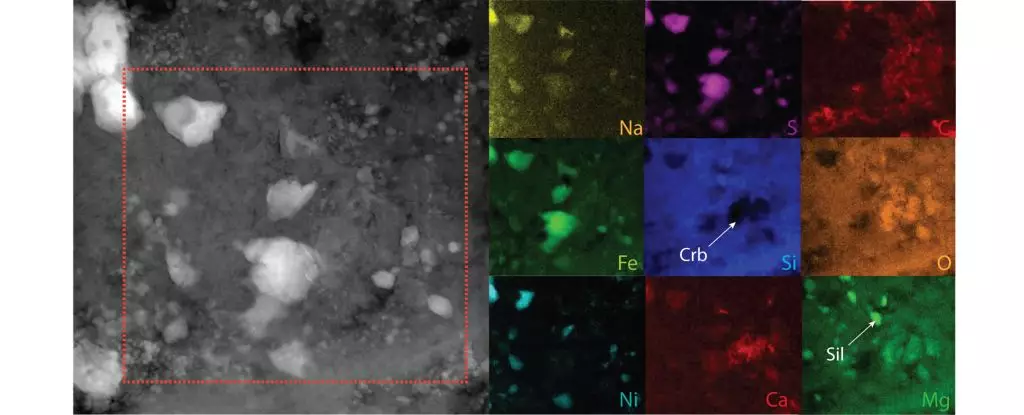The formation of the Solar System over billions of years has left behind a trail of clues in the form of ancient rocks that have fallen to Earth from space. In 2018, an international team of scientists made a groundbreaking discovery by identifying traces of material within one such rock that originated in the protoplanetary disk. This finding offers us a rare glimpse into the early history of our Solar System, shedding light on the fundamental building blocks from which everything we see today was formed.
The Sun, like all stars, was born within a cloud of dust and gas. As a denser region of this cloud collapsed under its own gravity, a protoplanetary disk formed around the young star. This disk eventually gave rise to the planets, moons, asteroids, comets, and other celestial bodies that populate our Solar System. The remnants of this disk, including icy rocks within the distant Oort Cloud, have remained relatively untouched since the early days of the Solar System, making them invaluable for studying its origins.
While the Oort Cloud contains pristine material from the protoplanetary disk, studying it up close has posed significant challenges. Long-period comets originating from the Oort Cloud occasionally venture into the inner Solar System, but they often disintegrate upon entering Earth’s atmosphere. This limitation has prompted scientists to turn their attention to meteorites, which can preserve fragments of cometary material that collided with them in space.
Researchers led by cosmochemist Elishevah van Kooten recently analyzed a meteorite known as Northwest Africa 14250 (NWA 14250) and found evidence of cometary clasts within it. By using advanced microscopy and spectroscopic techniques, they were able to determine that the minerals in these clasts likely originated from a comet. This discovery suggests that meteorites like NWA 14250 could serve as valuable tools for studying the composition of the early Solar System.
Furthermore, the researchers observed that the composition of the cometary clasts in NWA 14250 closely resembled those found in other meteorites from the outer Solar System and samples taken from the asteroid Ryugu. This similarity indicates that the protoplanetary disk had a relatively uniform composition during the formation of the Solar System. The researchers suggest that this uniformity may have been a crucial factor in shaping the planetary building blocks in the outer Solar System.
The study of ancient rocks like NWA 14250 offers valuable insights into the early history of our Solar System. By analyzing the remnants of the protoplanetary disk preserved within these rocks, scientists can unravel the mysteries of how our cosmic neighborhood came into existence billions of years ago. The discovery of cometary material in meteorites provides a unique opportunity to study pristine remnants from the birth of the Solar System, shedding light on the processes that shaped the planets, moons, and other celestial bodies we see today.


Leave a Reply